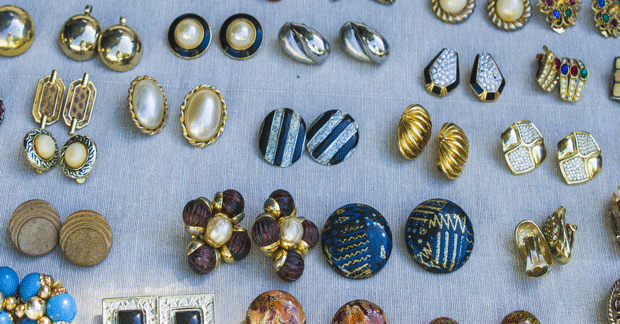In association with: Portuguese National Tourist Office
Unique artistic traditions are an important part of Portugal’s culture
From famous glazed tiles and colourful ceramics to patterned fabrics, the craftmanship across Portugal tells the story of the country’s history. Arts and crafts have been a mainstay of Portuguese life for centuries, with practices passed down between the generations.
This is particularly evident in Alentejo, Portugal’s largest region and a perfect place to witness local craft-making at an easy pace. Home to abundant cork tree forests, it produces more than 70% of the country’s cork. This can be used in almost anything, from woodwind instruments to shoes and a number of other products that make for a great gift to remind clients of their time in Portugal.
Alentejo also boasts a strong tradition of making cow bells – head to the Museu do Chocalho in Alcáçovas to witness a collection of more than 3,000 bells and the tools used to make them. Parts of Alentejo are less than an hour from Lisbon, but clients will still be able to find tons of artistic experiences in the country’s easy-going capital.
Crafts in the capital
Lisbon has a long history of making fine jewellery, using gold, silver and gemstones to produce eye-catching pieces. You’ll find several boutiques and workshops in the Alfama district, and jewellery‑themed walking tours can be arranged in the suburb of Graça – keep an eye out for modern designer Inês Telles’ impressive collections.
Lisbon is also a leading centre of Portuguese pottery. There are many studios where you can see ceramics being made, such as Maria Castel- Branco and Mariana Felipe, while most parts of the city have shops where you can buy pieces of all shapes and sizes.

Three top crafts of Alentejo
1. Painted furniture
You’ll spot these bright pieces across the region – in homes, restaurants and museums. Covering everything from beds and chests to tables and chairs, they are usually painted with a glossy white, green, blue or red base then finished off with elegant details inspired by Alentejo’s natural beauty.
2. Rug-making
Traditional handmade rugs from Alentejo have become prized possessions, due to the time and skill needed to make them, and their robustness. Made in Arraiolos, a village north of Évora, they feature wonderfully colourful motifs.
3. Clay figures
Estremoz clay figure-making is recognised by Unesco as a piece of Intangible Cultural Heritage. It’s a craft dating back to the 17th century, and the days-long process sees the shapes fired in ovens before being painted by artisans and covered with a colourless varnish.

PICTURES: Shutterstock/kipgodi, RossHelen
